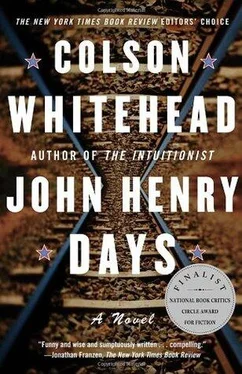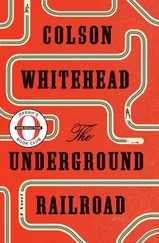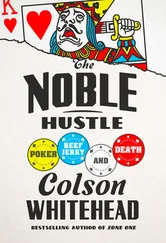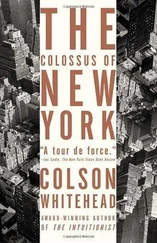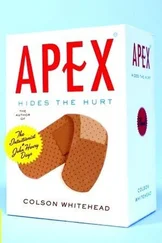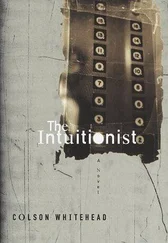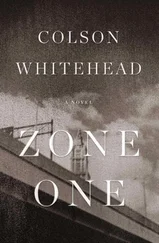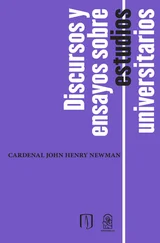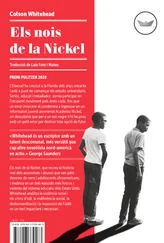He doesn’t do requests but he agrees to Goodman’s request and he does what he does for money: sings.
How do you fit all that in? At the monument finally after all these years, she’s forced to erase the image suggested by her father’s stories, forced to throw out what she draws from her hold of curdled perceptions. No one could possibly agree on what he looked like. He was everyman. Every freed slave, traveling under the most common freed slave name. He was a six-foot-tall bruiser, big as a barn, dark as chocolate, darker. He was a wiry trickster figure who lived by his wits, quite obviously had some white blood, gentle, mean. If the professors who came here to study the legend couldn’t get people to agree on what he looked like, what chance did this sculptor? The artist was forced to rely on what the story worked on his brain. He looked at the footprint left in his psyche by the steeldriver’s great strides and tried to reconstruct what such a man might look like. Everyone here is gathered for the fair, she considers, all those people below, and they all work from a different snapshot. All the people who have heard the song on radio or had the story read to them from a children’s book, they all have their own John Henry. You summon him up from verses and he swings his hammer down with the arms you give him. Think he really lived and he’s more human; deposit a smile on his face and beads of sweat or tears running down his cheek. Think he’s legend and muscles slide under fantastic limbs, the mountain shudders and birds flee branches each time the hammer comes down. His death shudder is a trembling exhalation or an earthquake, take your pick. The artist who made this statue had a big job. She inches toward admiration. Thousands and millions of John Henrys driving steel in folk’s minds, and his is the one that climbs up on this stone pedestal and gets the plaque, the concession stand right there. She looks up at the eyes of the statue and they shelter penumbra too deep to comprehend.
Really, how can you fit all that in? she thinks, shifting on her feet. Pamela studies the statue, slanted in self-conscious posture, as if she were in a museum and the portly guard hovering too near. Is he the same metal as the head of his hammer, the drill bits he struck, the tracks he advanced. The statue of John Henry is black metal, pitted across the chest where bullets have struck. Bunch of guys in a pickup with guns and nothing to do on a Saturday night. Probably a rite of passage, take a few shots at the black man on the rock. He’s much shorter than the image she had in her mind, a little more fireplug than she would have made him. Not that she is an artist. Perhaps there was a question of how much it would cost and they had to save on materials. Put in a bid and the most economical gets the commission. Chamber of Commerce cuts the check. She takes a step back and realizes that the statue is taller than she is, six and a half feet high, but maybe the chest is a little disproportionate to the legs or arms. The hard to define ratios sought by the eye when taking in someone new are off somewhere. She grants this might be an aesthetic choice. She’s no artist. It makes him more brutish, puts a little of the animal in him.
She moves over because the white couple next to her wants to take a picture. The monument area bustles with people, baseball caps bruit esoteric slogans, they trickle in, jostle each other, drain down the road to enter the main part of the fair. Pamela thinks that with so many people around the right thing to do is to come over, pay some quick respects to the monument, mumble a dull observation, and then move off so others can get a proper glimpse. But she’s just standing there. He looks like he’s waiting for the gun to go off. It’s the moment before the race. Or any working day for him, there’s no difference, he’s going to do what he has to do. In the way that happens in such situations she becomes suddenly aware of the noise of the crowd around her. Their exhalations and giddy utterances. They could be witnesses to the competition. Come from all over for the big day. He holds the sledge at a slight angle up from his waist, right hand gripping in a fist near the hammer’s head, left a bit slack at the bottom of the handle. Legs apart, well balanced. His hammer is kind of like a dick, if you want to look at it at a certain way. He’s a boxer, a confident contestant in this affair. But, Pamela wonders, is he about to strike or just finished. Sure of his next blow or pulling back from a swing, sure of the blow just dealt, gauging the disappearance of the drill into the rock. She can’t fix him. He is open to interpretation. Talking out of both sides of his mouth. You hear what you want to hear. The shutter clicks and fixes this moment.
She catches herself. This is an artist’s rendering. She is confusing the statue before her with the man, and the man with her conception of the man. His head is dipped slightly. He’s not wearing a shirt. Too hot for that in the tunnel. His pants are loose, cut of no fine cloth, falling in static waves, and she thinks of slave clothes. She finds herself wondering about this artist’s politics, exactly what agenda he is trying to get across here. A bird has paid its respects on John Henry’s shoulder.
“They say he died with a hammer in his hand.”
Pamela stares, drawn back to the world again. It’s that guy J. in his silly Hawaiian shirt.
“Who’s W.E.H.?” he says, nodding toward the bronze plaque, the inevitable bronze plaque, set resolutely, recently polished, in the body of the pedestal. Impossibly, she hasn’t noticed it. JOHN HENRY
THIS STATUE WAS ERECTED IN 1972, BY A GROUP OF PEOPLE WITH THE SAME DETERMINATION AS THE ONE IT HONORS. THE TALCOTT RURITAN CLUB CHOSE THE MEMORIAL TO MARK A PAGE OF HISTORY, ONE HUNDRED (100) YEARS AFTER THE COMPLETION OF THE BIG BEND TUNNEL IN 1872.
JOHN HENRY DIED FROM A RACE WITH THE STEAM DRILL, DURING CONSTRUCTION OF THE TUNNEL FOR THE C. & O RAILWAY CO
MAY GOD GRANT THAT WE ALWAYS RESPECT THE GREAT AND THE STRONG AND BE OF SERVICE TO OTHERS.
BY W.E.H.
“I don’t know,” she shrugs.
“I thought you were the big expert.”
“Are we on the record? This an official conversation?”
“I’m just a humble laborer doing an honest day’s work. No John Henry but I break a sweat now and then.”
“Here’s a tidbit then. They call it the statue that Jim Beam built. Do you have a pen or what?”
“It’s all up here, trust me.”
“The centennial of the race was in 1972—”
“Hypothetical race,” J. interjects.
“The completion of the tunnel then, and the, what’s it say, Ruritan Club gets the idea for the statue, but they don’t have any money. They need about fifteen thousand dollars. So Johnny Cash has this TV show at that point, a variety show, and he sings his John Henry song, which is a pretty good version, you should look around for it, but he misidentifies this place as Beckley, West Virginia, and not here. Most of the songs name Big Bend Tunnel, which is what we’re standing on top of, but then some take the legend and put their own local spin on it. So the Ruritan people call him up and say, hey, you made a mistake and also we’re trying to raise money for this John Henry statue. So he sends a check and that’s some of the money. What’s so funny?”
“Nothing. Keep going, please.”
“Then Jim Beam calls up. The Ruritan people have copyrighted their model for the statue and Jim beam is doing a special John Henry bottle and they want to know if they can use it. So they’re like sure, but we’re trying to make this statue, can you kick in a little money. So that’s where the rest of the money came from, and that’s why they call it the statue that Jim Beam built.”
Читать дальше
Конец ознакомительного отрывка
Купить книгу
